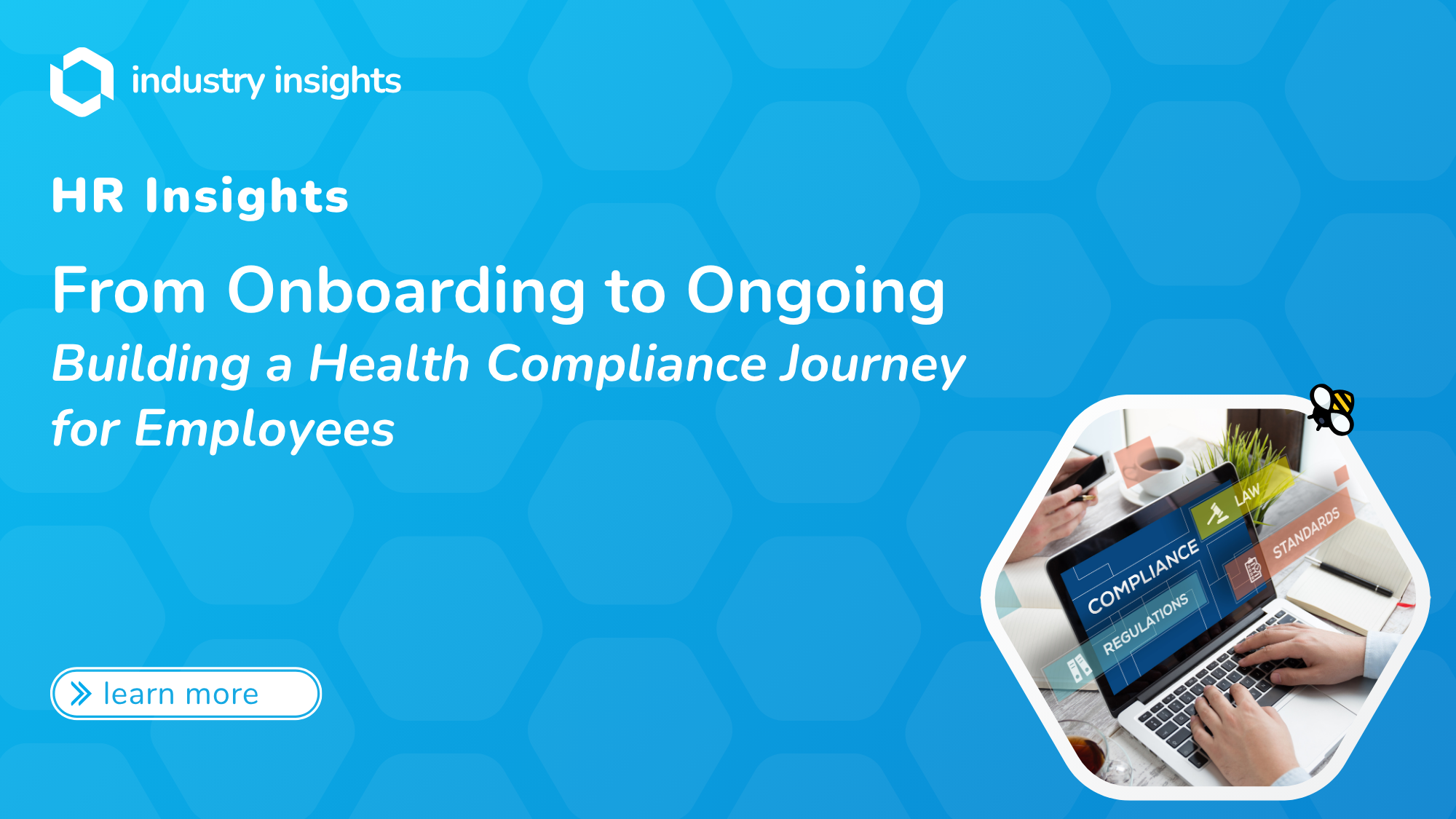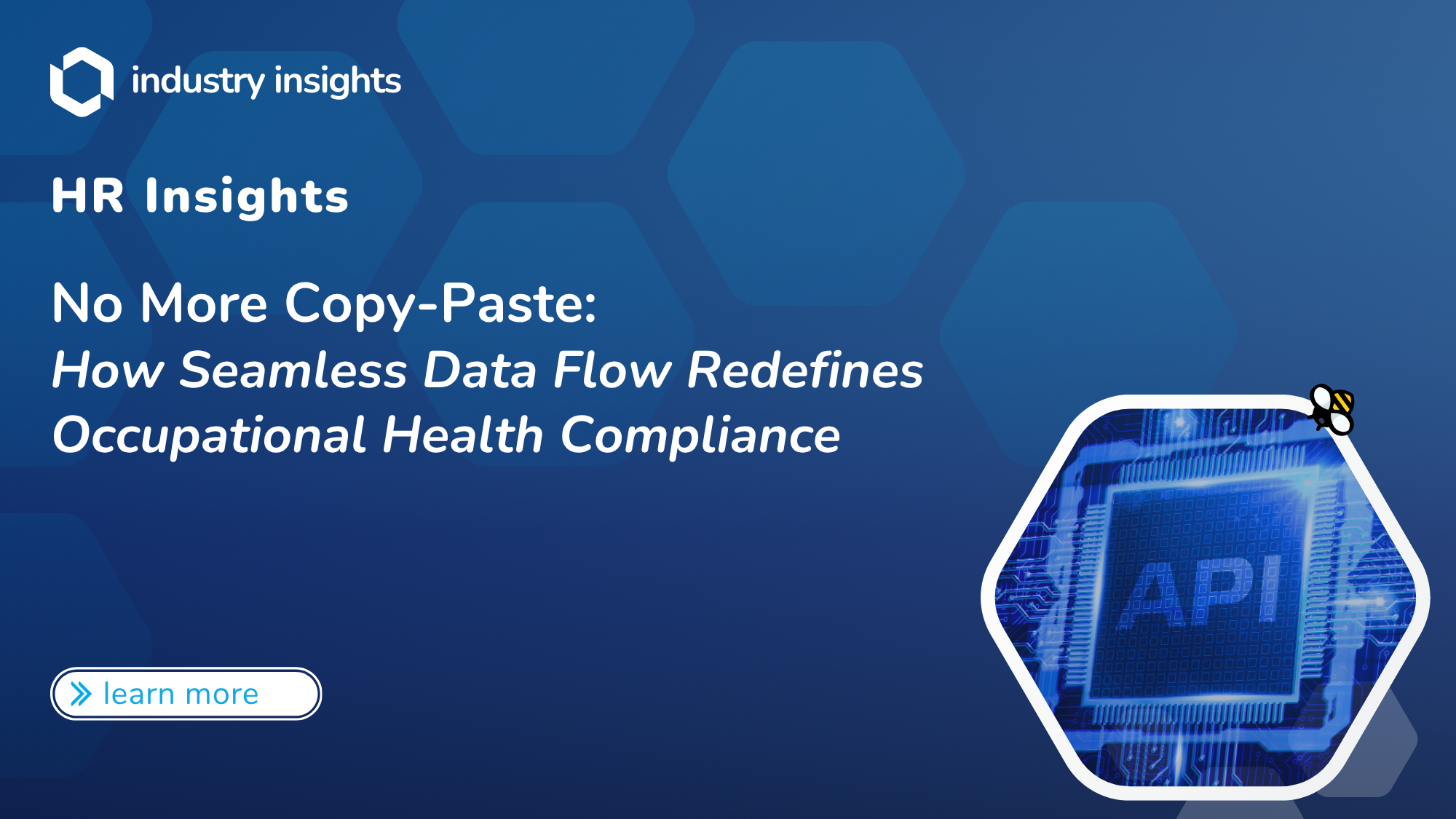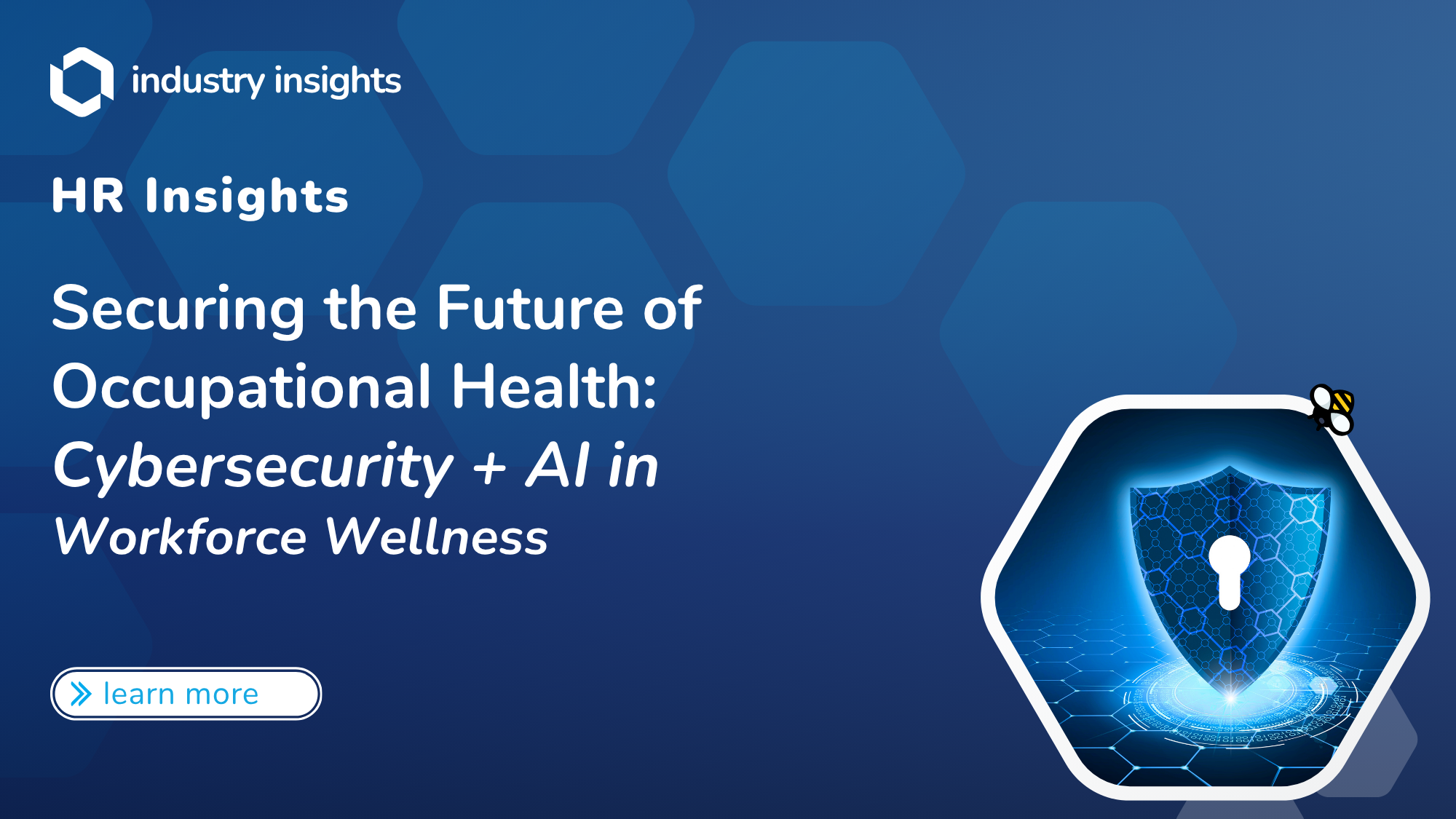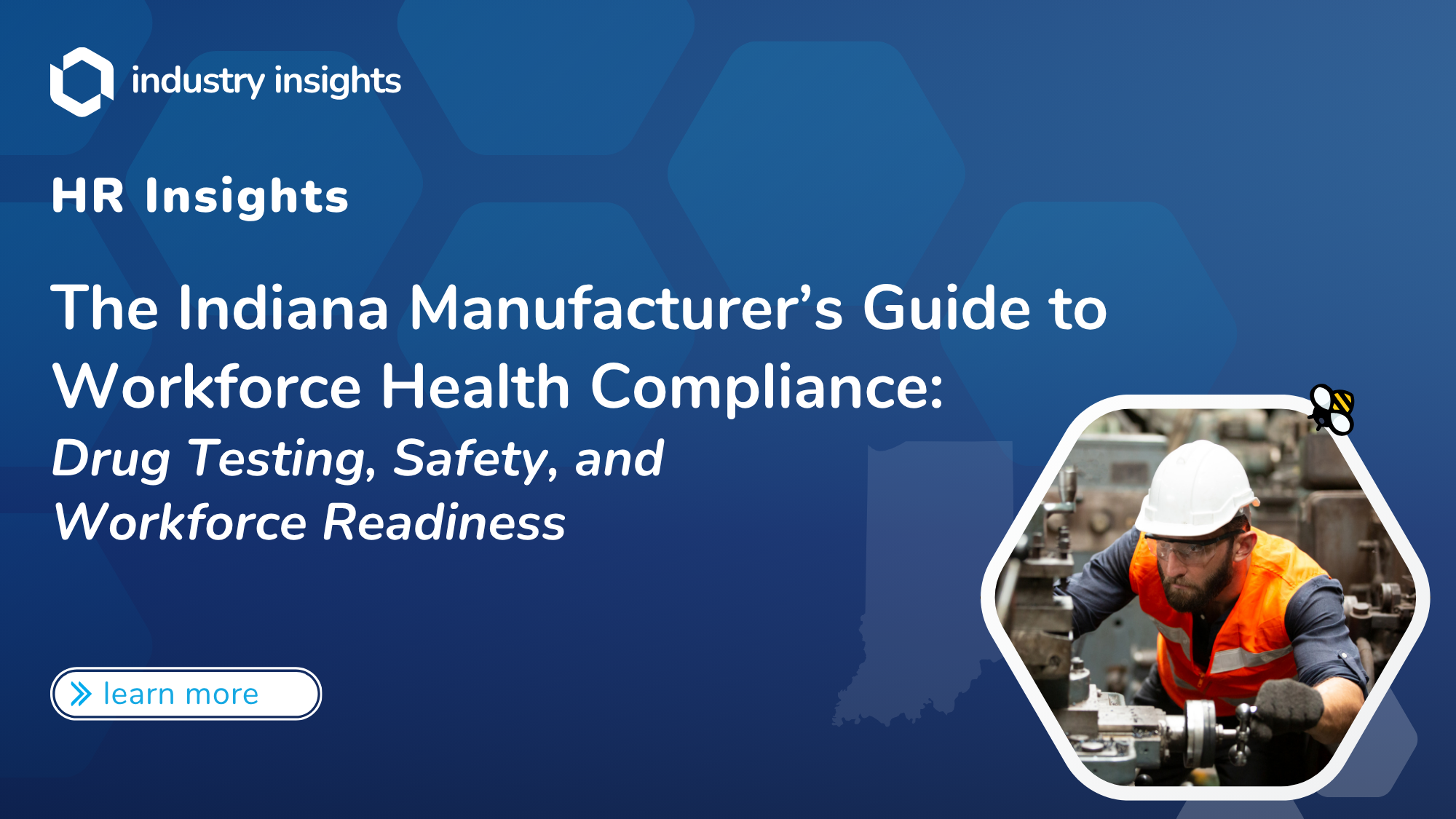For many HR teams, compliance feels like a box to check during onboarding: complete the physical exam, run the drug screen, and file the paperwork. Done, right? Not exactly. True compliance is more than a one-time hurdle – it’s an ongoing journey that impacts employee safety, productivity, and well-being long after day one.
When compliance is treated as continuous care rather than a one-off task, organizations reduce risk, strengthen retention, and foster a healthier workforce. This whitepaper explores how HR professionals can build a compliance journey that supports employees from their first day to their last, while simplifying processes for already-stretched HR teams.
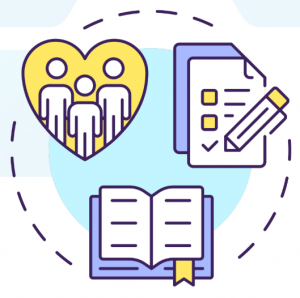
The Problem with One-and-Done Compliance
Many organizations complete the required screenings at hire and then fail to maintain consistent follow-up. The result? Missed annual certifications, expired medical clearances, or forgotten immunizations that could put employees – and the company – at risk.
For example, under the U.S. Department of Transportation (DOT), commercial drivers must renew their medical certifications every 24 months. Skipping these follow-ups can lead to disqualified drivers, fines, or even legal liability.
This “set it and forget it” approach creates unnecessary gaps in both compliance and care.
What a Compliance Journey Looks Like
- Onboarding: Drug screening, physical exam, immunizations, respirator fit testing.
- First 1-3 Years: Annual or biannual wellness checks, safety training refreshers, and recertifications.
- Milestones: Role changes or promotions that require new medical clearances (e.g. moving into a safety-sensitive role.
- Ongoing Engagement: Health risk assessments, ergonomic evaluations, and mental health support.
- Ongoing Engagement: Health risk assessments, ergonomic evaluations, and mental health support.
- Return-to-Work: Evaluations after injury or extended leave to ensure readiness and compliance.
By mapping out these touchpoints, HR can anticipate needs rather than scrambling at the last minute.
The HR Burden of Tracking It All
Tracking compliance manually is no small task. HR teams often rely on spreadsheets, email reminders, or siloed provider portals. This piecemeal approach increases the risk of missed deadlines, especially for organizations managing large or dispersed workforces.
Compliance gaps can have costly consequences: OSHA fines, worker downtime, or increased turnover. The American Society of Safety Professionals (ASSP, 2025) notes that proactive compliance programs not only reduce fines but also improve overall workforce engagement and retention.
The problem is clear: HR doesn’t have the time to babysit spreadsheets and chase down paperwork. They need systems that lighten the load.
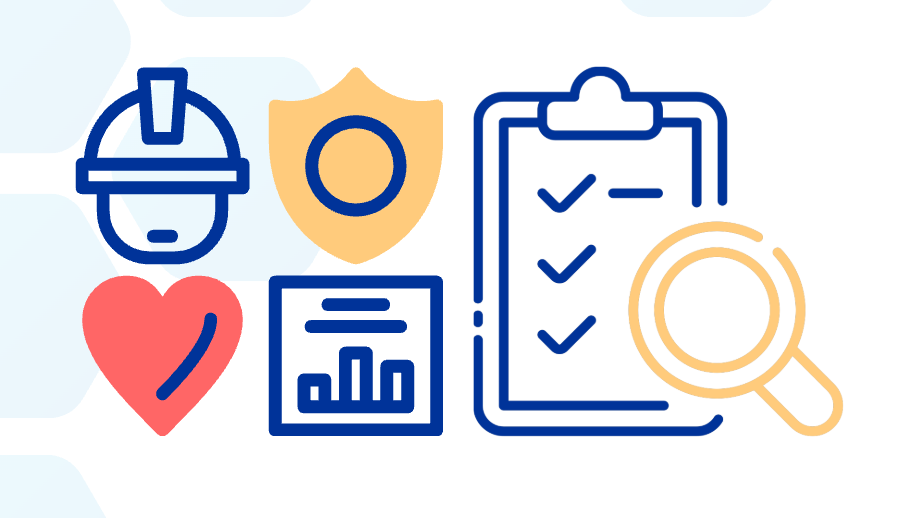
Technology + Partnerships: The Smarter Way
This is where platforms like BlueHive transform the compliance journey. By centralizing processes and automating repetitive tasks, technology allows HR teams to shift their focus back to people.
- Automated reminders for recurring certifications and medical exams.
- Centralized provider networks to reduce wait times for drug screens or physicals.
- Dashboards and reports to simplify audits and give HR full visibility.
- AI-powered documentation tools that reduce HR and provider burnout and ensure accurate, consistent record-keeping.
Together, these capabilities create a more seamless and proactive compliance experience for HR, providers, and employees alike.
Building a Culture of Compliance + Care
Compliance doesn’t have to feel like red tape. By reframing it as part of employee well-being, HR teams can foster a culture that prioritizes both safety and care.
For example, regular wellness checks can detect issues early, preventing costly injuries and reducing absenteeism. A study by the Centers for Disease Control and Prevention (CDC, 2024) found that workplace health programs improve employee productivity and reduce turnover, underscoring that compliance and care go hand in hand. The CDC (2024) also notes that organizations that adopt comprehensive workplace health programs see benefits such as reduced absenteeism, improved productivity, and lower healthcare costs – further proving that compliance is more than just checking boxes.
When employees see compliance as a benefit – not a burden – they’re more likely to stay engaged, healthy, and committed to the organization.
Practical Checklist for HR Teams
- Step 1: Map out compliance touchpoints for each role.
- Step 2: Automate reminders for recurring tasks.
- Step 3: Partner with providers who can deliver at scale.
- Step 4: Integrate compliance tracking into employee communications.
- Step 5: Monitor and adjust your compliance program eventually.
This checklist helps HR leaders move from reactive compliance to proactive care.
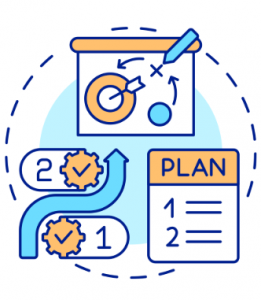
Conclusion
Onboarding is just the beginning. True compliance is a journey – one that requires foresight, systems, and the right partners. By embracing compliance as ongoing care, organizations not only meet regulatory requirements but also build safer, healthier, and more engaged workforces.
BlueHive helps HR leaders lead this journey with confidence. With automated workflows, a nationwide provider network, and AI-powered documentation support, we make compliance easy – so you can focus on what really matters: your people.
Download the Whitepaper
Sources
- American Society of Safety Professionals. (2025). Safety coalition report: Employers urged to go beyond compliance for safety and business resilience. Retrieved from https://www.assp.org/news-and-articles/safety-coalition-report-calls-for-employers-to-go-beyond-compliance
- Centers for Disease Control and Prevention. (2024). Workplace Health Program Definition, Description, and Model. Retrieved from https://www.cdc.gov/workplace-health-promotion/php/model/index.html
- Centers for Disease Control and Prevention. (2024). Benefits of workplace health programs: Reduced absenteeism, improved productivity, lower healthcare costs. Retrieved from https://www.cdc.gov/workplace-health-promotion/php/index.html

